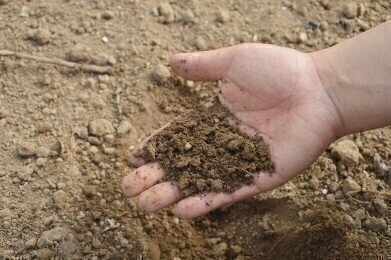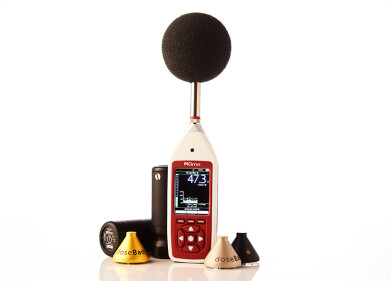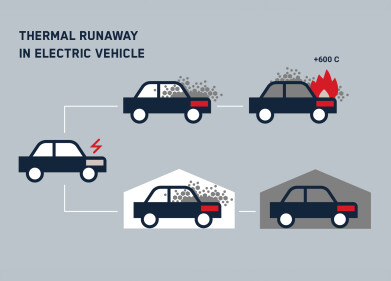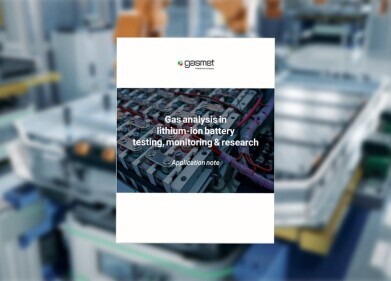Health & safety
Where Is Mercury Found? - Soil
Mar 29 2022
Mercury is a naturally occurring element that is found in our environment. Although the same amount of total mercury has remained constant for millennia, it has the ability to change forms and cycle through our biosphere. Natural points of emission – such as volcanoes, for example – account for around half of atmospheric mercury, but anthropogenic activity has disrupted these levels in recent years.
Because mercury has a long half-life and can travel great distances in the air and water, it can contaminate environments at a significant geographical remove from the point of emission. This includes (but is not limited to) soil. When mercury concentrations are allowed to reach elevated levels in the soil, they can jeopardise the quality of the terrain and compromise crop yields, among other environmental consequences. Here’s a brief rundown of how soil becomes contaminated, what the effects are and how we can measure mercury levels in soil samples.
How does soil become contaminated by mercury?
Mercury is continually cycling through different forms in our environment, from liquid to gas (and occasionally to solid) and back again. Manmade points of emission, such as fossil fuel power stations, waste incineration sites, smelting furnaces and other industrial facilities, increase the concentration of mercury in the air.
This mercury is then either blown over significant distances by the wind, or else absorbed into clouds and falls back to Earth in the form of precipitation. When that happens, the soil itself can become contaminated with mercury. Because it does not degrade for a long period of time, it can bioaccumulate in the ecosystem, as well.
What are the consequences of soil contaminated with mercury?
If a soil sample becomes saturated with mercury pollution, it can mean that any crops or vegetation which grows from it absorbs the toxic element. On the one hand, this can reduce the growing ability and limit the yields of certain crops and wild plants. On the other, it can mean that the plants themselves become contaminated with mercury.
This is dangerous in that animals and humans rely upon plant life for their sustenance. If we consume plants that contain high concentrations of mercury, it can have negative impacts on our health. Of course, the most common form of mercury poisoning is through consuming fish and seafood containing methylmercury, but eating affected vegetation is another cause for concern.
How can we detect mercury in soil samples?
The exact method used to detect mercury will differ depending on the type of mercury being assessed. For example, inductively coupled plasma mass spectrometry (ICP-MS) and inductively coupled plasma optical emission spectroscopy (ICP-OES) are both used to quantify total mercury, while cold vapour atomic fluorescence spectrometry (CV-AFS) is favoured for low-level concentrations. This technique is also used in tandem with high performance liquid chromatography (HPLC) for identifying inorganic mercury. Acid digest and lab leachates are the key means of obtaining and assessing the samples in question.
This is a brief introduction into the levels of mercury contained in soil, how they arrived there, what their effects are and how they can be monitored. For more info on all aspects of this question – and with a particular emphasis on the latter component – interested parties are invited to attend the International Conference on Mercury as a Global Pollutant (ICMGP) in July. Taking place virtually, the event is open to anyone with an interest in learning more about the subject.
Digital Edition
IET 35.2 March
April 2025
Air Monitoring - Probe Sampling in Hazardous Areas Under Extreme Conditions - New, Game-Changing Sensor for Methane Emissions - Blue Sky Thinking: a 50-year Retrospective on Technological Prog...
View all digital editions
Events
May 06 2025 Nuremberg, Germany
May 10 2025 Karachi, Pakistan
May 11 2025 Vienna, Austria
May 11 2025 Seoul, South Korea
Salon Analyse Industrielle & Instrumentation
May 14 2025 Paris, France





.jpg)

_(4427399123)-(2).jpg)











